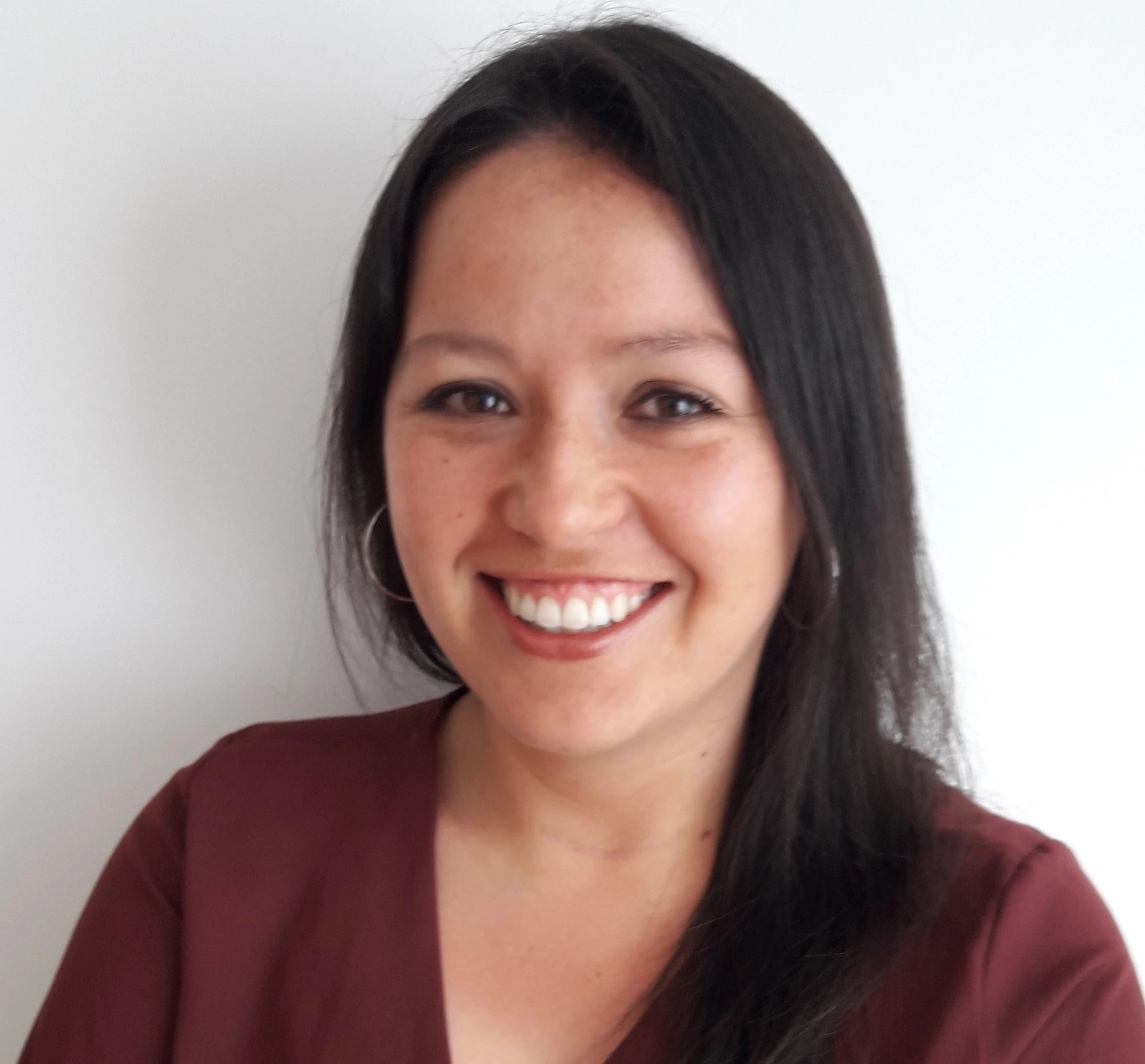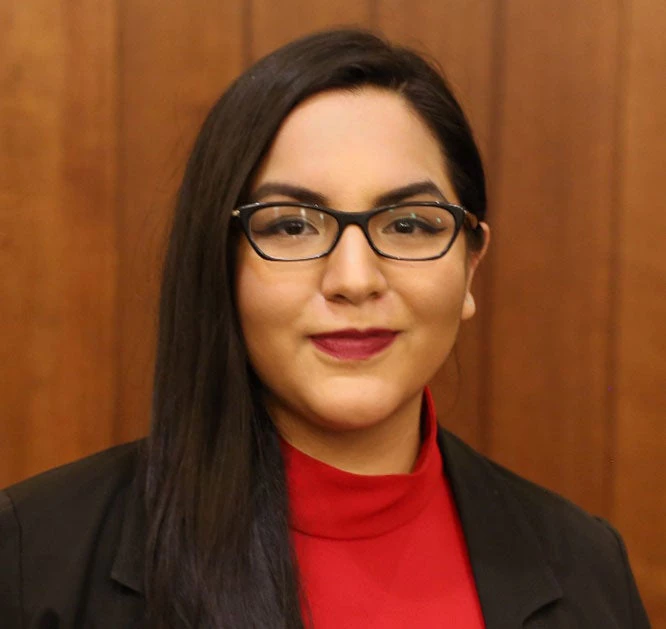 Mujeres del Comité Central de Mujeres, una organización indígena de mujeres eucatorianas reunidas.
Mujeres del Comité Central de Mujeres, una organización indígena de mujeres eucatorianas reunidas.
How can we best apply available theories on gender-based violence prevention and put these into practice in Latin America and the Caribbean (LAC)? Some of the challenges include the diversity and particularities of each local context, the adaptability of existing initiatives, the high costs of international models, difficulties in finding suitable local partners, and the limited availability of experts offering technical support on international models. donde trabajamos es fundamental.
Regarding what works, it is fundamental to listen to the voices of the people who benefit from the projects, and of all the key actors in the areas where we work.
The adaptation of models should be tailored to each local context, and time and resources must be invested to understand the particular dynamics of each community.
From theory to practice
The World Bank presented three experiences implementing GBV programs in Latin America and the Caribbean during the largest global conference on GBV – the Sexual Violence Research Initiative (SVRI) Forum 2022.
1. The design of a gender-based violence prevention program for indigenous communities in Ecuador includes, as key points, community participation, equitable interaction, and cultural expressions shared through dialogue and mutual respect for each culture’s identity. During the process, collaborative work was carried out with the Central Women's Committee, an indigenous women's organization, and in particular with one of its members belonging to the Kichwa people, who led the formative research for the design of the program. The activities were designed considering international evidence and the Kichwa cosmogony, incorporating ancestral knowledge and indigenous customs and retaking practices such as the Pampa mesa and the Tulpa, where GBV themes are essential, keeping "Sumak Kawsay" or “Good Living” as a central element for life in harmony within the community.
2. The creation of the Yanapp free mobile application in Peru seeks to prevent and respond to situations of violence against women. The application allows potential victims to receive information and help in the event of an emergency, and to easily and quickly access all service channels. Yanapp helps create a circle of support with trusted people (friends, neighbors, or family) who are willing to help in case of danger, and allows you to activate geolocation and report your location with up to six people at a time. The application was designed considering the international evidence in the area, it was reviewed with specialists on the subject, and it was validated with potential users and with government institutions involved in prevention and response activities. Video in Spanish.
3. Progress towards the creation of an integrated platform for managing gender-based violence cases in Chile. Several analyses were carried out to inform the design of an integrated platform, including a quantitative analysis based on the National Survey of Intrafamily Violence - ENVIF 2020 to measure violence against women in Chile; a qualitative study on the perception of women survivors towards the public services offered; and a comprehensive analysis of the public institutions providing services to survivors regarding their institutional processes, legal aspects related to data exchange, and their information technologies and opportunities for interoperability. With the evidence collected, the roadmap for the design of an integrated platform for managing cases of violence against women was launched. This report has laid the technical foundation for further progress toward the development of a single GBV case file, and Chile now represents an important example at the regional level in the development of integrated GBV case management systems. Video in Spanish.






Join the Conversation